
 Sorry…
due to internet issues at our last hotel, I have not been posting as
frequently as usual. There's going to be some catch-up.
Sorry…
due to internet issues at our last hotel, I have not been posting as
frequently as usual. There's going to be some catch-up.
It was what was perceived that dominated the cultural exchange.
Ongoing commentary and observations from the author's personal experience of the Gurdjieff practice.

 Sorry…
due to internet issues at our last hotel, I have not been posting as
frequently as usual. There's going to be some catch-up.
Sorry…
due to internet issues at our last hotel, I have not been posting as
frequently as usual. There's going to be some catch-up.
It was what was perceived that dominated the cultural exchange.
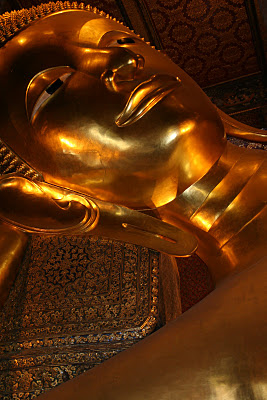
We are playing a little catch-up here. Neal arrived in
What is it that can help us? What is it that can help other people?
 Hallelujah!
Hallelujah! Every
so often, while I am reading the Shobogenzo, I come across a set of
passages that practically beg for interpretation. This morning was one
of those times.
Every
so often, while I am reading the Shobogenzo, I come across a set of
passages that practically beg for interpretation. This morning was one
of those times.
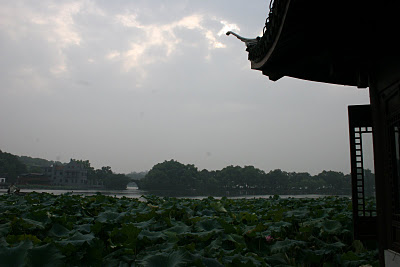
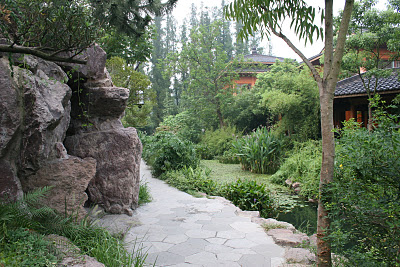 As
of today, it does not cease to astonish me as to the amount of energy
and effort it takes to maintain a regular posting to this site. At this
point in time, I am probably creeping up on 200,000 words worth of
commentary about personal effort, the Gurdjieff work, and Zen Buddhism,
which is the rough equivalent of two full-length novels.
As
of today, it does not cease to astonish me as to the amount of energy
and effort it takes to maintain a regular posting to this site. At this
point in time, I am probably creeping up on 200,000 words worth of
commentary about personal effort, the Gurdjieff work, and Zen Buddhism,
which is the rough equivalent of two full-length novels.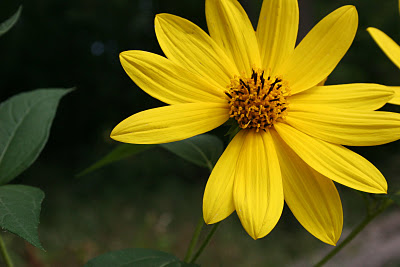
Today
I flew into Guangzhou. Got to the hotel rather late. Fortunately I have
today's post prepared... tomorrow, that may be a wee bit more difficult
to pull off.
On
examination, for me, the most difficult division of the society of
Akhldanns to interpret in the context of inner divisions of work
according to “six flowers” is the third section. I called out this
difficulty when I originally wrote the essay about the allegory. It deserves some further scrutiny.
"These
conscious observations and impartial verifications at last convinced
Belcultassi that in his common presence something was proceeding not as
it should proceed according to sane being-logic.”
As
with the first two centers, the only way to get a footing here is to
make an effort towards investment of the attention within the flower of
the solar plexus. We may not know quite what that will mean, or what it might bring.
Today
we're going to continue to take a look at the allegory contained within
Gurdjieff’s “Society of Akhldanns,” but let's start off with a quote
from Dogen’s Shobogenzo, taken from the Nishijima and Cross translation, book 3, page 159, in the Chapter “meeting Buddha.”
I am offering this quote just to make the point that Dogen understood seeing to be a bodily experience--that is, it arises from the organism itself, and not the organism's psychology. This
brings us back to yesterday's point that we are meant to use the direct
and immediate sensory abilities of the organic inner tools we are given
to understand our life and our experience, not the associative thoughts
which we mistakenly believe lead to understanding.
...Well,
no one said all of this was going to be easy or obvious. We now come to
the second division of the society, which in our hypothesized system of
allegory is associated with “2”, or, sex center.
In Gurdjieff’s chemical system, sex center is the seat of si 12, which is the highest “hydrogen” or higher substance automatically
created by physical processes in man’s body. The passage suggests that
sex center has a hitherto unexplored capacity to evaluate the quality of
energy within all the other centers. So if we were to explore our
overall inner structure from the perspective of the flower at the base of the spine, we might then explore our inner energies from the perspective of the sex center flower.
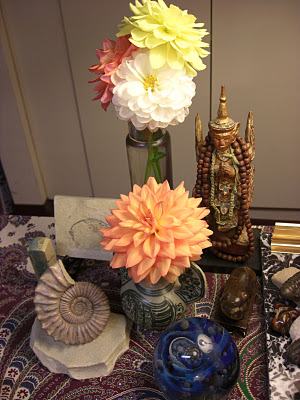 This
morning in Shanghai, I began my day well before dawn, reading, as I
often do, in Nishijima and Cross' translation of Dogen's Shobogenzo; chapter 59, Baike, or, "plum blossoms."
This
morning in Shanghai, I began my day well before dawn, reading, as I
often do, in Nishijima and Cross' translation of Dogen's Shobogenzo; chapter 59, Baike, or, "plum blossoms." In
undertaking a significant inner study, we must carefully and repeatedly
examine the physical conditions within the sensation of the organism.
Not the many associative thoughts that flow as an inevitable result of
our existence.
The
difficulty is that associative thought, which is essentially a
mechanical part, can’t be eliminated from the picture. It continuously
pollutes incoming impressions by establishing commentary, and thereby
usurps the role of real thinking.
Trying
to free ourselves of associative thought is futile; it’s going to be
there, no matter what we do. The trick is to become less invested in it.
And I think we all get much too caught up in the circular analysis of
associative thought without even noticing that that is where we are
stuck. We live on a merry-go-round of psychological conjecture.
Associative thought, since it is the biggest feature in our landscape,
attracts the most attention from us, and once we are caught in it, we
end up studying it as though it were the only part of ourselves needing
attention to.
All such activity is commentary.
We need observation instead of commentary. Facts instead of conjecture. And the facts need to be assembled from within the physical conditions we encounter in an inner sense.
Not the thoughts about them.
In this regard we can speak of the structural parts of emotional center taking in inner impressions.
This is quite different from the effort to be present within the context of impressions entering from outside. These are the two different sets,
or classes, of impressions that we need to consider in regard to the
question as a whole. (In order to understand this in more detail, it is
necessary to read and study the commentary on the nature of the fifth
stopinder in Chapter 39 of Beelzebub's Tales to his Grandson--"The
Holy Planet Purgatory." I am intentionally going to avoid embarking on
what would have to be a rather a byzantine technical explanation in this
post.)
The
inner study of the six flowers is a specific study of vibration arising
within centers. There is no need, in this type of study, to assemble
cosmologies or apply them. The point, rather, is to develop the
sensitivity of the inner sensory tools which receive vibrations and
learn more about how they correspond both to each other, and to outer
conditions. This is about developing a relationship to a finer kind of inner energy. It is not about analyzing the relationship or explaining the relationship, it is about living within the relationship, investigating the relationship.
We
don’t know what we will find here; it is a work in process, a demand
that suspends belief, inviting verification in its place.
May your trees bear fruit, and your wells yield water.
 This is what the view looked like this afternoon from the Bund in Shanghai.
This is what the view looked like this afternoon from the Bund in Shanghai. 
 Here
I am again, in the business class lounge of Korean Airlines
international Airport in Seoul. Posting a blog entry from this location
has become almost a tradition; a peculiar one, to be sure, but we have
to take traditions as they come.
Here
I am again, in the business class lounge of Korean Airlines
international Airport in Seoul. Posting a blog entry from this location
has become almost a tradition; a peculiar one, to be sure, but we have
to take traditions as they come.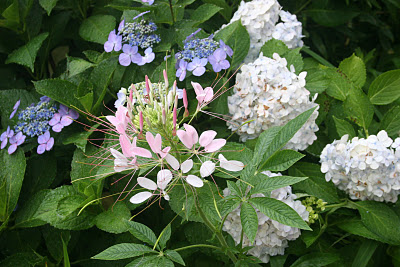
"La 6 is the highest matter produced by the organism from air, that is, from the second kind of food. This however is obtained only by making a conscious effort at the moment an impression is received.
Gurdjieff called "conscious labor" the act of bringing the attention to the point where impressions enter the body.
This statement cannot be properly understood from a literal point of view. Instead, we should ask ourselves, "where, exactly, do impressions enter the body?
This
is precisely what people do not understand. Therefore their aim must be
the development of the activity of the emotional center. The emotional
center is an apparatus much more subtle than the intellectual center,
particularly if we take into consideration the fact that in the whole of
the intellectual center the only part that works is the formatory
apparatus and that many things are quite inaccessible to the
intellectual center. If anyone desires to know and to understand more
than he actually knows and understands, he must remember that this new
knowledge and this new understanding will come through the emotional
center and not through the intellectual center."
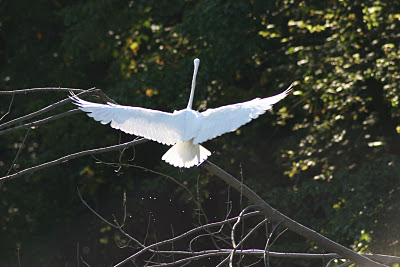 When we begin to inhabit our life more fully, through the heart, something within us takes flight.
When we begin to inhabit our life more fully, through the heart, something within us takes flight. This morning, Neal and I were walking the famous dog Isabel and got onto the subject of fear.
This morning, Neal and I were walking the famous dog Isabel and got onto the subject of fear.